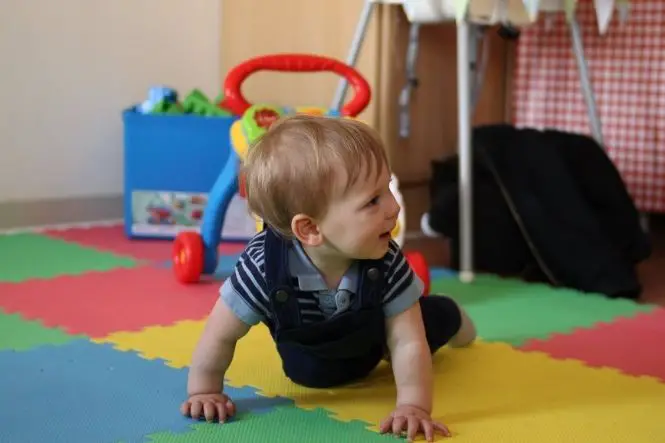Most kids drink milk with no problem, but for those with lactose intolerance, a little glass of milk can cause a great big stomachache. Lactose is the main sugar found in milk and other dairy products, and for those who have a hard time absorbing lactose, consumption can cause a range of gastrointestinal symptoms.
Table of Contents
What Causes the Intolerance?
Normally, there is an enzyme in the small intestine called lactase, which helps to break the lactose found in milk into two simpler forms of sugar for easy digestion. When this enzyme isn’t present, a person is considered to be lactose intolerant.
What are the Symptoms?
Without the enzyme lactase to break down milk sugar, lactose ferments and causes a variety of uncomfortable symptoms after the consumption of milk or other milk-based foods. Most common are bloating, abdominal pain, flatulence, and diarrhoea. Lactose intolerance, while uncomfortable, is not life threatening.
Resist the temptation to self-diagnose, however, since there are other maladies which show similar symptoms. If your child is experiencing stomach pain or other symptoms, schedule a check up with the paediatrician to rule out other, possibly more serious conditions.
Getting a Diagnosis
There are three main methods of diagnosing lactose intolerance:
- Preliminary testing at home – simply avoid foods that contain lactose for several days and watch to see if your child’s digestive symptoms improve. Offer a glass of milk to see if symptoms return. If this method seems to indicate lactose intolerance, a check up with the GP is in order to confirm the findings.
- Breath test – your GP can do a breath test to measure the hydrogen level of your child’s breath after the consumption of lactose. If hydrogen is present, it is probably the result of fermentation, indicating lactose intolerance.
- Blood sugar test – a simple blood test taken before and after the consumption of lactose will give your GP a good indication of lactose intolerance. If the blood sugar level remains unchanged after drinking milk, the child is probably lactose intolerant.
Managing Lactose Intolerance
Although there is no cure, lactose intolerance can be managed quite well by keeping a close eye on your child’s diet. If the condition is mild, your child may be able to tolerate moderate amounts of dairy foods, but for those with severe symptoms, a diet completely free of lactose containing foods may be necessary.
Soy baby formula and soy milk are widely available and make nutritious substitutions for Cow’s Milk. There are also enzyme drops available at the pharmacy that, when added to milk or other foods containing lactose, will make them easier to digest. The enzymes are available in chewable tablet form for older kids and adults. A paediatric dietician may be consulted for menu ideas and advice on finding nutritious foods while avoiding lactose.
Foods Containing Lactose
In order to be sure about what you are feeding your child, be sure to Read Labels Carefully. In addition to milk, yoghurt, ice cream, cheese, butter, and other dairy products, lactose can also be found in some surprising places. Bread, baked goods, and even chocolate contain lactose. Also, look for whey or whey solids on product labels, as this indicates the presence of lactose.
A Lactose-Free Diet
In place of cow’s milk, try substituting soy, rice, or almond milk. Although there are flavour variances, once your child becomes accustomed to the taste of these alternatives, they will do quite well with them. Margarine without milk or butter should be substituted for dairy butter, and many health food stores sell vegan sweets, which will not contain lactose, as is found in chocolate.






